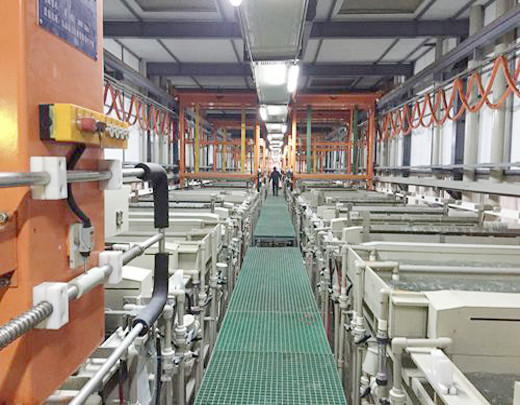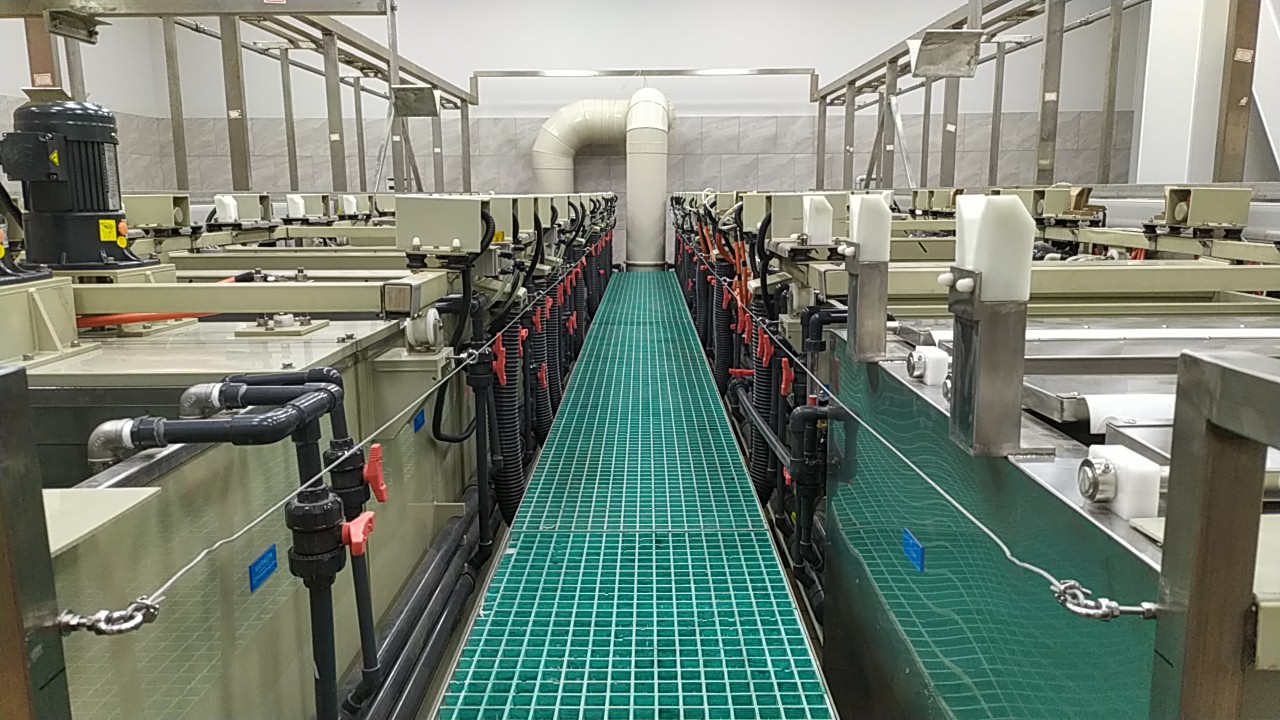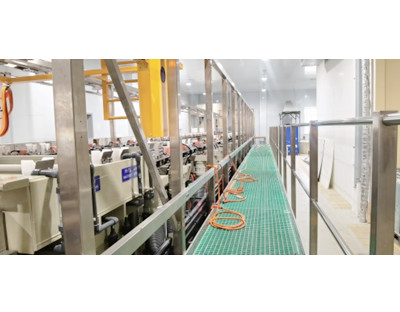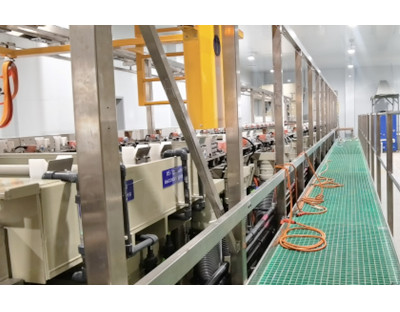Generally, electroplating processes widely used in corrosion and protection include: electroplating methods with external current, deposition methods without external current or using internal current or electroless plating, and direct chemical conversion on the surface of the base material.
1.Plating method of impressed current
An electrode is inserted into the electrolyte and a current is supplied. At this time, an electrochemical reaction takes place at the interface between the electrode and the medium. This electrochemical reaction includes the reduction of ions on the cathode surface and the oxidation on the anode surface, both of which are utilized in the electroplating process. In addition, it can not only make smaller ions discharge to form the coating, but also make larger particles that can make it charged, such as polymer coating or rubber particles, deposit on the electrode by this method.
2.Electroplating method without external current
When materials with different potentials are used to contact the plated parts, the internal current generated can also be used for deposition. The replacement reaction or autocatalytic reduction on the interface between the matrix material and the solution makes the ion deposit as the coating, which can eliminate the trouble of applying external current without configuring power equipment. However, such methods are inevitably subject to various restrictions of chemical reaction conditions.
3.Surface conversion
The oxidation or reduction process that occurs when electrons are lost or captured is also often used to form a protective film on the surface. This surface treatment means generates reaction products through surface conversion, thus providing many functions of surface facial mask layers. For example, corrosion protection, antifriction and anti-wear, improving the adhesion of paint and adhesive, providing colorless, black or colorful decorative film, etc.
All the above methods must be completed by ion conversion and electron exchange on the interface. When a charged plasmid moves in a conductive medium, it actually transfers both charge and mass. The particles after discharge are stacked orderly or disorderly to form the deposit layer we need.
In this way, the relationship between the amount of deposition can be characterized by Faraday’s law. The digital interaction essentially reflects the measurement of the number of reaction particles when crossing both sides of the interface. Strict particle counting makes electroplating a process that is easy to be monitored strictly through parameters and processes. Because of this, combined with flexible application, low cost and easy operation, it has been widely used in industrial production.








 Jun. 23, 2022
Jun. 23, 2022 





